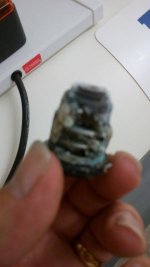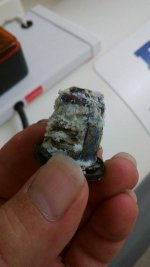jasoncalleja
Regular Contributor
Hi I would like to ask if it is normal that water splits from the engine air brider I am referring to the hole that is near the pi hole. This is how it happened I removed the thermostat to inspect it and I found some salts residule so I started the engine without thermostat in a thank with salt away and that is how it splited water from the breader than after reinstalled the thermostat I started it again and it was ok. Is it something normal or I can damage the engine ?. Thanks Jason



